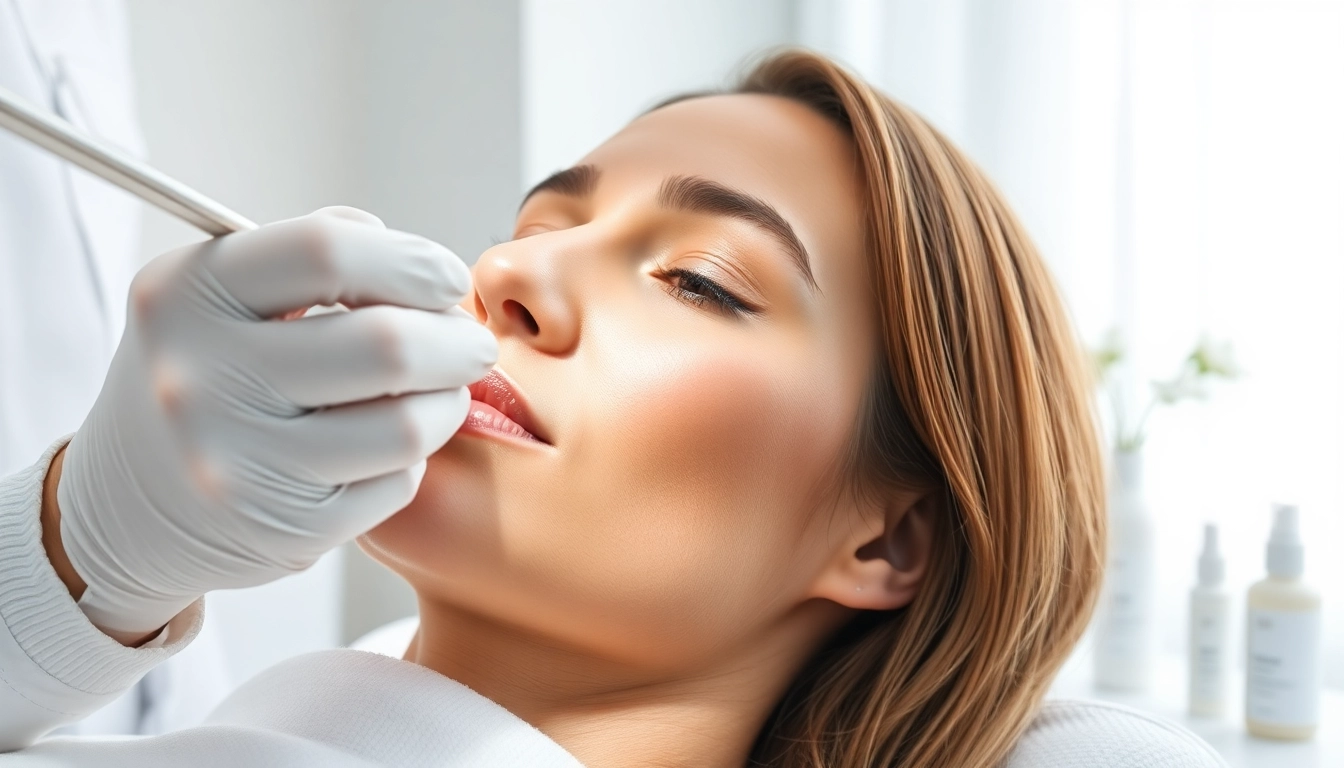What is Testosterone Replacement Therapy?
Definition and Purpose of Testosterone Replacement Therapy
Testosterone Replacement Therapy (TRT) is a medical treatment designed to restore testosterone levels in individuals who have been diagnosed with low testosterone or hypogonadism. This therapy can be administered through various methods, including injections, topical gels, patches, or pellets. The primary purpose of TRT is to alleviate symptoms associated with low testosterone levels, which may include fatigue, reduced libido, emotional instability, and decreased muscle mass. By effectively boosting testosterone levels back to normal, TRT aims to improve quality of life and address the health issues that stem from low hormone levels.
Who is a Candidate for Testosterone Replacement Therapy?
Candidates for Testosterone Replacement Therapy typically include men diagnosed with hypogonadism—a condition in which the body does not produce enough testosterone. This diagnosis can stem from several causes, including age-related decline, medical conditions such as diabetes or obesity, and certain genetic factors. The symptoms leading to a diagnosis may include severe fatigue, depression, diminished sexual drive, and reduced muscle and bone strength. It’s essential for individuals considering TRT to undergo comprehensive testing and evaluation by a healthcare professional to confirm low testosterone levels and determine the appropriate course of treatment.
Understanding Hypogonadism in Relation to Testosterone Replacement Therapy
Hypogonadism is broadly categorized into primary and secondary types. Primary hypogonadism originates from testicular dysfunction, whereas secondary hypogonadism results from issues with the pituitary gland or hypothalamus that interfere with hormone signaling. Both forms can lead to insufficient testosterone production, necessitating the need for TRT. Understanding the underlying cause is crucial for developing an effective treatment strategy. Diagnosis typically involves blood tests to measure testosterone levels, and additional tests may be conducted to understand the cause of hypogonadism and guide the therapeutic approach.
Benefits of Testosterone Replacement Therapy
Enhanced Libido and Sexual Function
One of the most recognized benefits of Testosterone Replacement Therapy is the enhancement of libido and sexual function. Many men experiencing low testosterone report decreased interest in sexual activity, erectile dysfunction, or difficulties in achieving climax. By restoring testosterone to normal levels through TRT, many individuals can experience a significant improvement in sexual desire and performance. Clinical studies indicate that men undergoing testosterone therapy often report higher satisfaction with their sex lives and improved relationship dynamics due to enhanced intimacy.
Improvement in Mood and Energy Levels
Low testosterone levels can often lead to mood swings, fatigue, and even depression. TRT has been shown to positively influence mood and energy, as studies consistently report that men undergoing testosterone therapy experience improved emotional well-being and increased motivation. As the therapy restores hormonal balance, many individuals express greater energy levels and a more favorable outlook on life. It’s essential to note that while TRT can help alleviate symptoms of depression linked to low testosterone, it should not be viewed as a standalone treatment for mood disorders and should be part of a comprehensive approach to mental health.
Effects on Muscle Mass and Bone Density
Testosterone plays a crucial role in muscle development and bone health. Individuals undergoing Testosterone Replacement Therapy often notice an increase in lean muscle mass and strength as the therapy fosters protein synthesis and muscle repair. Additionally, TRT can have a protective effect on bone density, which can prevent osteoporosis—a condition where bones become weak and brittle. By maintaining strength, muscle mass, and bone integrity, TRT contributes not only to physical health but also to general functionality and quality of life.
Risks and Considerations of Testosterone Replacement Therapy
Common Side Effects of Testosterone Replacement Therapy
While Testosterone Replacement Therapy can offer numerous benefits, it’s essential to be mindful of potential side effects. Common side effects may include skin reactions at the site of application (for topical treatments), increased acne, fluid retention, and enhanced body hair growth. Additionally, some men may experience mood swings or increased aggression. Monitoring is crucial, and any concerning symptoms should be promptly discussed with a healthcare provider to ensure that TRT is appropriately managed and adjusted if necessary.
Long-term Health Implications
The long-term implications of Testosterone Replacement Therapy remain a topic of ongoing research. Some concerns include potential impacts on cardiovascular health, liver function, and prostate health. While initial studies have shown promising results regarding heart health and testosterone treatment, further research is needed to fully understand the long-term risks and benefits. Regular monitoring is essential for individuals undergoing TRT to detect any adverse developments early on and adjust treatment protocols to reduce risks.
Evaluating the Safety of Testosterone Replacement Therapy
Evaluating the safety of Testosterone Replacement Therapy involves considering the individual’s specific health profile, including pre-existing conditions and risk factors. Healthcare providers typically engage in a thorough evaluation prior to commencing treatment, which includes a comprehensive medical history, physical examinations, and lab tests. Patients considering TRT should be informed about the potential benefits and risks, allowing them to make a shared decision with their healthcare provider about proceeding with treatment.
How to Begin Testosterone Replacement Therapy
Initial Consultation and Testing
The journey toward Testosterone Replacement Therapy begins with an initial consultation with a healthcare provider specializing in hormonal treatments. During this appointment, the provider will discuss symptoms and concerns in detail, followed by a series of tests to measure testosterone levels, often conducted on more than one occasion to confirm diagnosis. Additional testing may involve complete blood counts, prostate-specific antigen screenings, and other relevant blood markers to assess overall health and suitability for TRT.
Choosing the Right Method of Administration
TRT can be delivered through various methods, including injections, transdermal gels or patches, and pellets implanted under the skin. Each method comes with its own set of pros and cons. For example, injections may require less frequent administration but can be painful, whereas transdermal options offer ease of use but may cause skin irritations. Patients should discuss their preferences, lifestyle, and medical history with their healthcare provider to determine which method aligns best with their needs. Personalized selection is crucial for optimal adherence and symptom management.
Setting Expectations and Monitoring Progress
Once treatment is initiated, setting realistic expectations for outcomes is vital. Patients should be made aware that benefits may not be immediate and may take several weeks to manifest fully. Regular follow-ups are essential to monitor hormone levels and overall health, assess symptom relief, and adjust dosages as necessary. Comprehensive care includes not just hormonal evaluation but also a focus on lifestyle factors such as diet, exercise, and mental health support.
Frequently Asked Questions about Testosterone Replacement Therapy
Can Testosterone Replacement Therapy be Stopped?
Yes, Testosterone Replacement Therapy can be discontinued, but it is essential to approach this decision with caution. If treatment is stopped, testosterone levels will decrease, which may lead to the return of earlier symptoms. It is advisable to consult a healthcare provider prior to any changes in therapy to develop a comprehensive cessation plan that considers the patient’s individual health profile.
Are there Alternatives to Testosterone Replacement Therapy?
Alternatives to Testosterone Replacement Therapy may include lifestyle modifications such as weight management, exercise, and dietary adjustments aimed at naturally boosting testosterone levels. Certain medications or supplements have also been suggested, but their effectiveness can vary widely. Patients should engage in an informative discussion with their healthcare provider about potential alternatives to ensure that any approach taken is safe and evidence-based.
How to Find a Qualified Provider for Testosterone Replacement Therapy?
Finding a qualified provider for Testosterone Replacement Therapy is crucial for ensuring a comprehensive and safe treatment experience. Individuals can seek referrals from family physicians or specialists in endocrinology or urology. It is essential to choose a provider who is experienced and well-versed in hormonal therapies, as they will be able to guide patients through testing, treatment options, and ongoing management effectively.
By considering the insights and recommendations outlined in this article, individuals contemplating TRT can make informed choices about their health and well-being while exploring the potential benefits of this therapy. For more information on Testosterone Replacement Therapy, please visit Testosterone Replacement Therapy.



